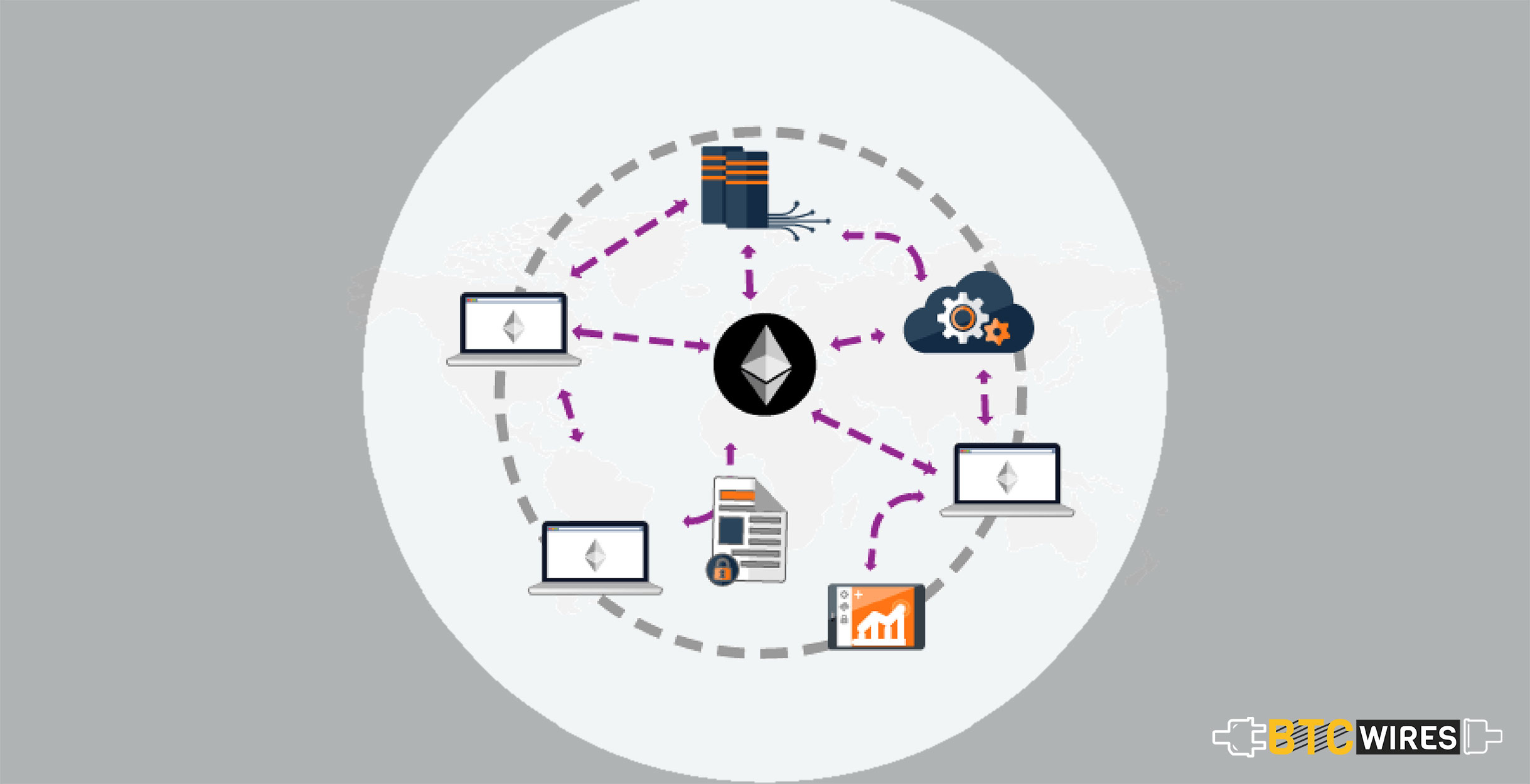The chief among the various infrastructure needs of blockchain startups

The chief among the various infrastructure needs of blockchain startups is, indeed, the blockchain itself.
Most of the new startups will use public blockchain, and the others will choose one of the two major: Bitcoin or Ethereum.
In this article, we’ll examine the size of Ethereum blockchain and what issues (if any) that’s causing.
Like Bitcoin, Ethereum is a distributed public blockchain network. Though there are a few major technical difference between the two.
The most important distinction to highlight is that Bitcoin and Ethereum differ substantially in purpose and capability.
Where bitcoin blockchain is used to track ownership of digital currency, the Ethereum blockchain, on the other hand, focuses on running the programming code of any decentralized application.
In the Ethereum blockchain, miners work to earn Ether, a token that fuels the network. Ether is also used to pay for transaction fees and services on the network.
You May Also Read: How Big is Ethereum Blockchain?
Growth of Ethereum Blockchain
Ethereum’s blockchain began in July 2015, when its genesis block was made available.
If you become a full node for Ethereum blockchain to help validate ongoing transaction, you need to download the entire database first.
According to BitInfoCharts.com, the Ethereum blockchain size is 181.65 GB at the time of writing, representing the total size of all block headers and transactions.
Also, there is a concept in Ethereum called “pruning”, which means that you don’t have to download the entire blockchain to be a full node.
You May Also Read: How are Ethereum Blockchain and Bitcoin Blockchain Different From One Another?
How Does Ethereum Blockchain Impact Blockchain Startups?
So, what does all this actually mean to blockchain startups building on top of Ethereum?
Arguably, Bitcoin’s blockchain size is quite dependable as it’s growing at a stable and linear rate. On the other hand, Ethereum’s blockchain is a bit complex and hence less stable.
However, the ability to “prune” the Ethereum blockchain and still be a full node is something that seems like a useful innovation.
How important is the size of the blockchain to the startups?
Well, as long as the Ethereum nodes continue to validate all the transactions and keep growing the blockchain, then it’s not something that startups need to worry about too much.
Here are a Few Articles for you to Read Next:

